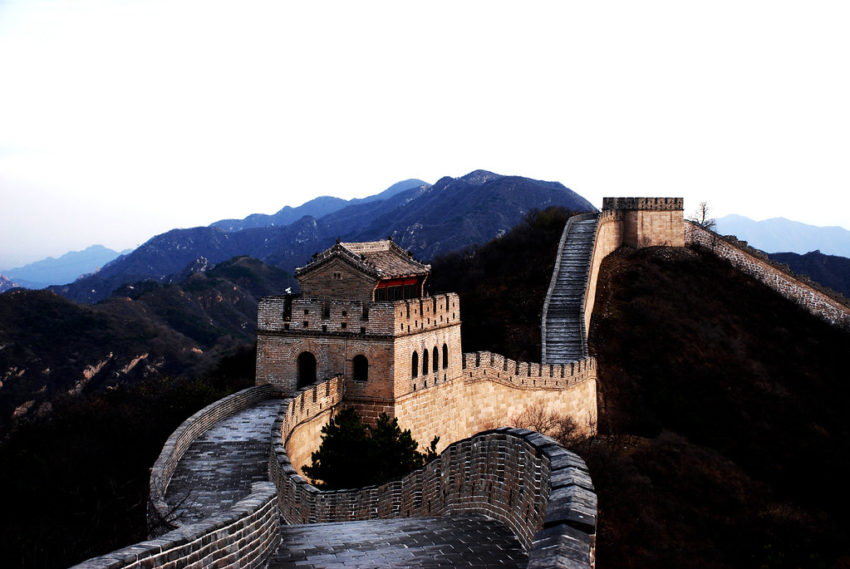
Walking the Great Wall of China – Beijing, China, you will be surrounded by tall mountains covered with a coat of bright green vegetation, as you zigzag your way through the northern border of China. Whether you visit in autumn, with dry and comfortable weather, or at winter when the walls are matted with white snow, the beauty and historic feeling of the Great Wall will surely amaze you.
However, this place doesn’t even need an introduction, you just need to visit, admire and walk this wonder. The historical Great Wall of China is certainly one of those destinations found in every traveler’s list.
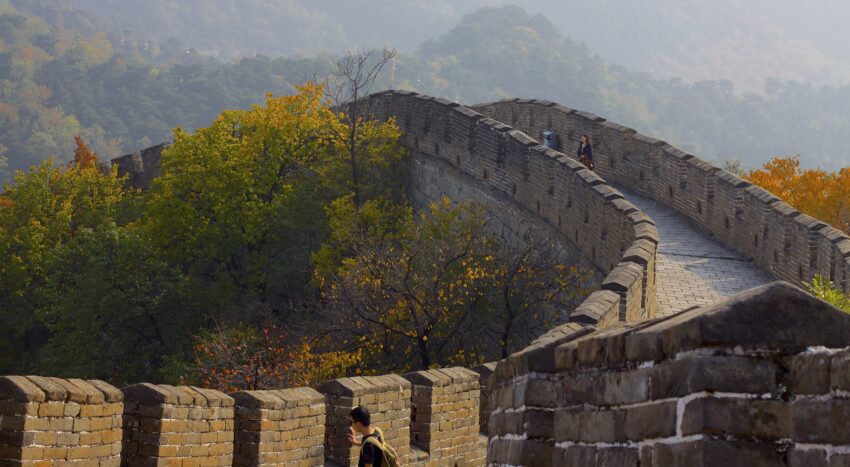
Activity/Place Highlights
This majestic structure represents a big part of the history of China, as well as the history of continent itself. It is almost disrespectful to travel to this part of the world and not visit the Great Wall of China. It is surely one of those once-in-a-lifetime adventures that you will always want to talk about. Then, let’s take a trip to China and get ready to take a little walk along the magnificent Great Wall.
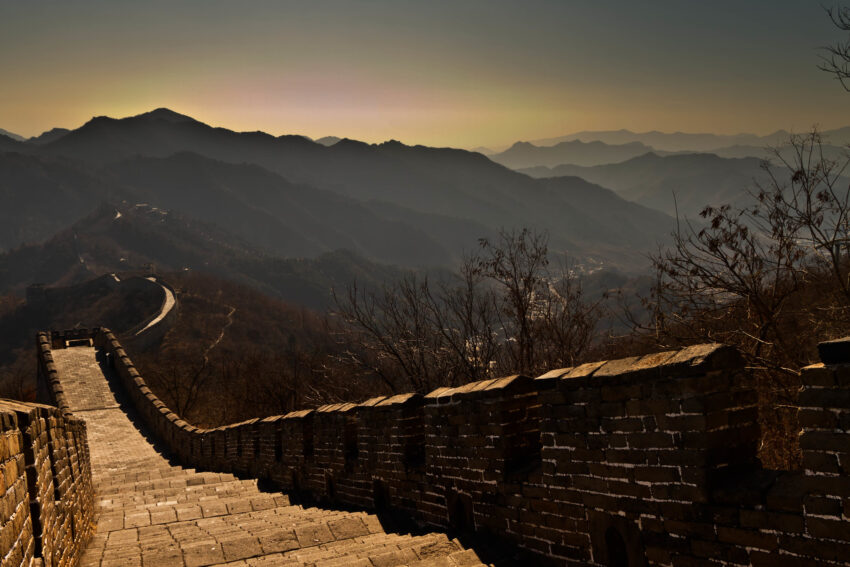
In particular, the Great Wall of China is full of history from the very beginning. In fact, as you walk the Great Wall, you can imagine brave Chinese soldiers and charging Mongol mobs. The place is generally crowded. Still, you can maintain a distance from the big hordes of visitors if you head to the section that begins at Jinshanling.
The Great Wall of China from Jinshanling
Jinshanling is nearly 120 km north of Beijing, in the Hebei area, and is supported by various tour administrators in the capital. They will leave you there and pick you up again in Simatai later towards the evening.

Even though the wall is visible once you enter the Jinshanling entryway, the actual size of it is not yet appreciated. It isn’t until you go up the main flight of steps to look along its winding length that you stop in shock. Around, sharp mountain edges spread as far as you can possibly see. This immense example of engineering challenges gravity as it rises up then dives down steep slopes.
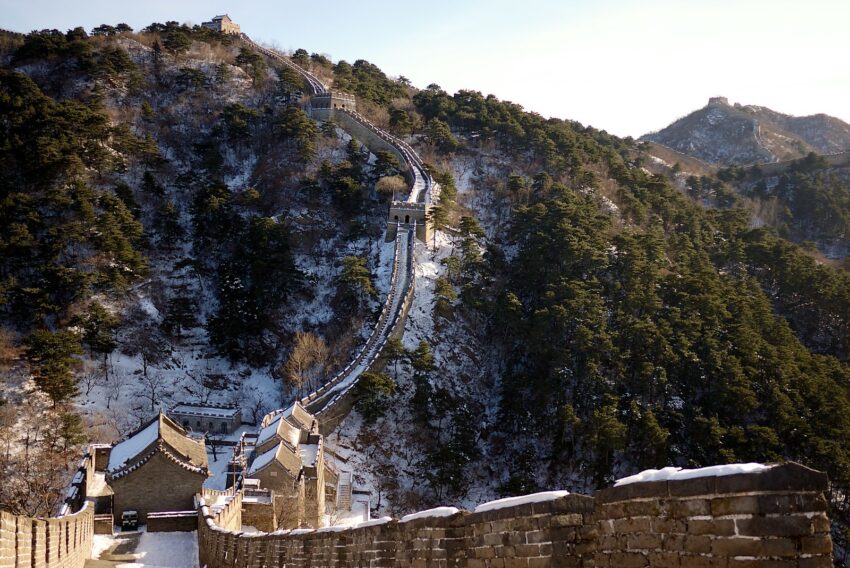
The Badaling area
Extending for more than 6700 km over the mountains, deserts and prairies of northern China, the Great Wall was put together throughout 2000 years. The Badaling area is without a doubt the most famous among visitors. However, since it has been deeply restored, it is difficult to get the true feeling of the place. That is without including the number of visitors it gets daily.
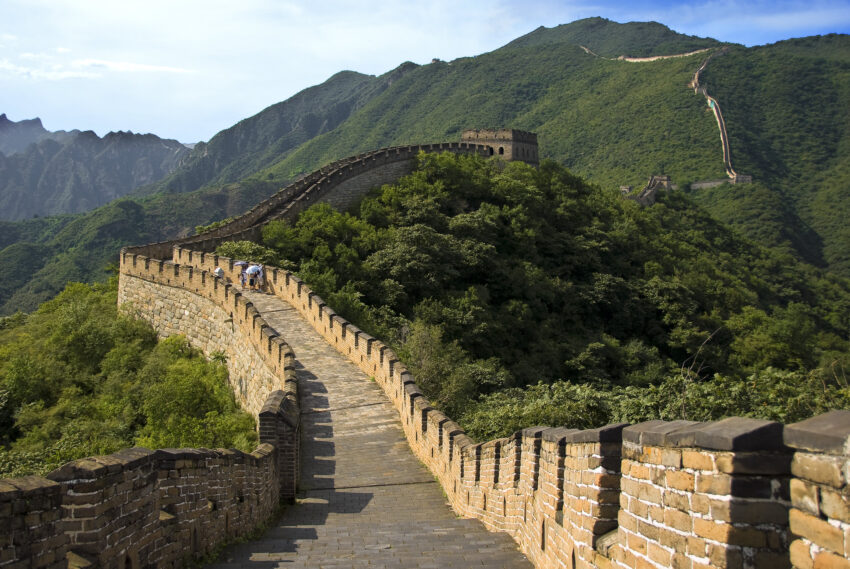
For any individual who is fairly in shape, it’s better to go for the 12-km-long road from Jinshanling to Simatai. Here, the wall and its environment hold an attractive image of roughness and natural deterioration.
The Great Walk
At the moment you leave Jinshanling, the wall is initially in great condition. Therefore, you get to warm your legs up for the ruthless series of steps that get you from the closest watchtower to the next. At the pinnacle of China’s power, more than a million troopers watched the Great Wall in case of any incoming attack. Looking out from a watchtower at the infinite creases of the harsh mountainside makes it easy to picture the aggressors’ misery. Particularly in winter, as they walked from the north during several months to set up an assault.
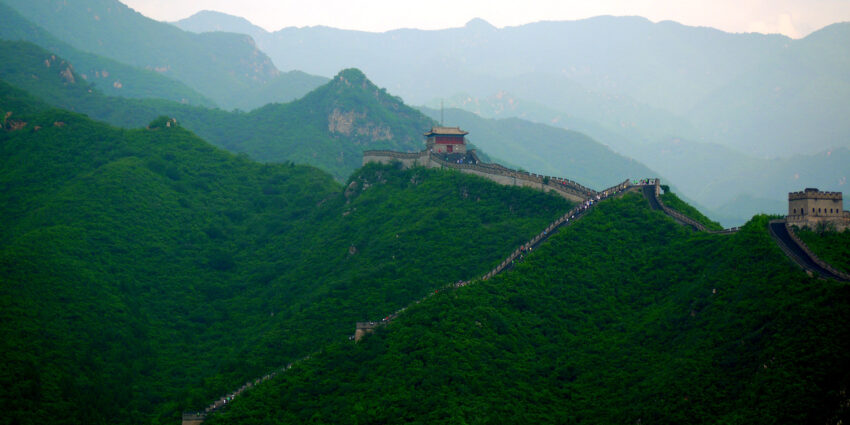

As you inch closer to Simatai and begin to get a feeling -whether it is only the dull pain in your legs- of the extent of this great, brick dragon, the condition of the wall starts to decay. In some sections where it is too unsteady to walk, the trail leads around the mountainside. This gives you the adversary’s perspective of the wall’s overwhelming and transcending brickwork.
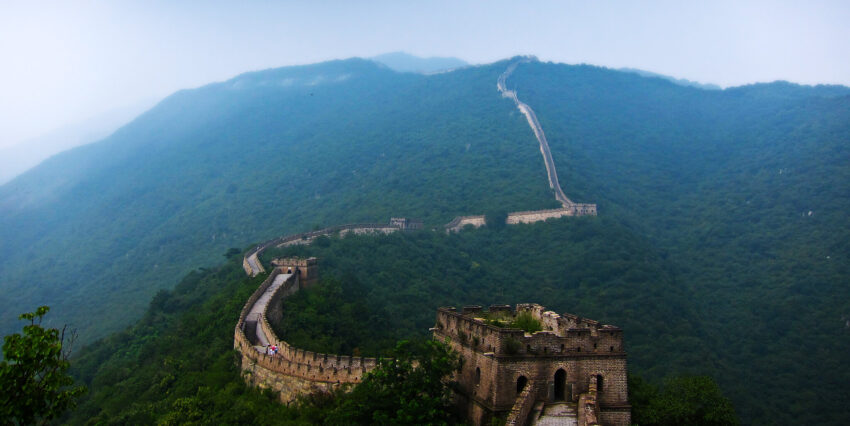
How to get there
You can find several Beijing tour administrators that offer trips to famous areas of the Great Wall, including Jinshanling. Make sure they give you enough time, around four or five hours, for a calm walk to Simatai.
Inside Information
Obstinate local ‘guides’ will try to sell you different postcards and (overpriced) books. Just ignore them and you’ll be fine; your way is straightforward and they’ll eventually find another customer.
It doesn’t matter if you decide to take a big walk or just a quick tour that doesn’t require a big effort from you. Either way, walking the Great Wall of Chine is definitely a breathtaking adventure.
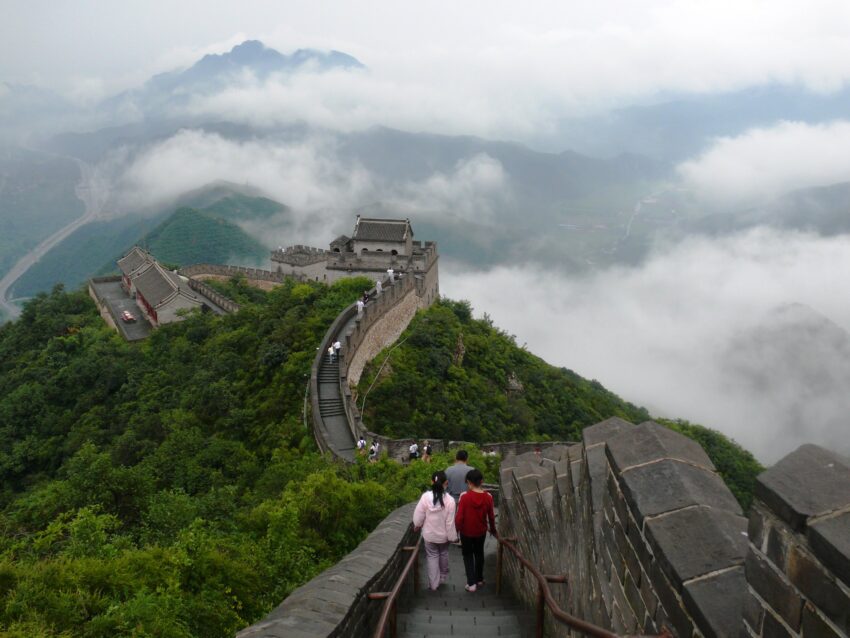
History
At first, there was just a sequence of separated walls constructed by bellicose dynasties throughout 770 BC and 476 BC. The Great Wall itself was built after 214 BC, amid the Qin dynasty, when the majority of the existing walls were connected. As a result, their general length spread out under the reign of emperor Qin Shi Huangdi.
The ineffectiveness of assaulting its 8-meter-high barricades, combined with the fatigue caused by navigating the mountains that enclose it, surely broke the hearts of numerous adversaries. Even the famous Mongol troops of Genghis Khan had trouble rupturing it before taking Beijing in 1215.
Besides, with every watchtower built to provide broad views, the Chinese had an incredible advantage. Several horseback messengers were always prepared to inform other soldiers on different areas of the wall.
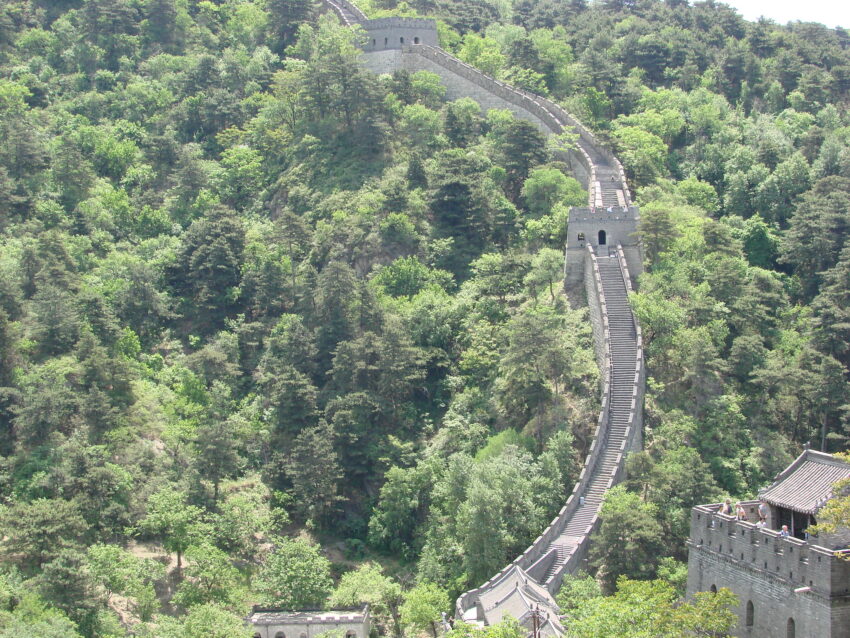
If you loved this article or found it useful, don’t forget to share it with your adventurous and travel-hacking friends! If you want more posts like this, follow us on Youtube, Instagram, Pinterest, Twitter or Facebook and subscribe to our newsletter!

